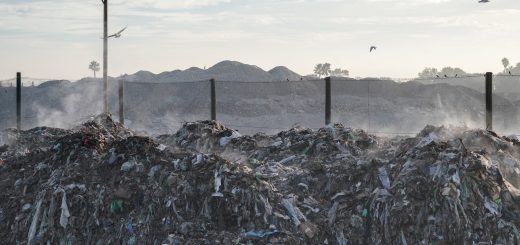Human activities and water contamination
Water quality in big cities is a complex and challenging issue, as urbanization affects the quantity and quality of water resources in various ways. Some of the main factors that contribute to water quality degradation in urban areas are:

- Increased runoff and erosion: Urbanization often involves removing trees and vegetation, paving surfaces, and altering drainage patterns. These changes reduce the infiltration of water into the ground and increase the amount of stormwater runoff that carries pollutants such as sediments, nutrients, metals, bacteria, and chemicals into water bodies¹. This can cause turbidity, eutrophication, contamination, and habitat loss in streams, rivers, lakes, and coastal waters¹.
- Increased wastewater generation and discharge: Urbanization leads to higher water demand and consumption by households, industries, and businesses. This results in more wastewater production and discharge into water bodies, either through sewers or septic tanks. Wastewater can contain organic matter, nutrients, pathogens, pharmaceuticals, hormones, and other substances that can affect the water quality and pose risks to human health and aquatic ecosystems¹. Depending on the level of treatment and regulation, wastewater can also alter the temperature, pH, dissolved oxygen, and salinity of receiving waters¹.
- Increased groundwater extraction and pollution: Urbanization can also affect the quantity and quality of groundwater resources, which are often used as a source of drinking water or for irrigation. Groundwater extraction can lower the water table and reduce the natural recharge of aquifers. This can cause land subsidence, saltwater intrusion, and reduced baseflow to surface waters¹. Groundwater can also be polluted by urban activities such as leaking underground storage tanks, landfills, industrial sites, agricultural runoff, and septic systems. Groundwater pollution can be difficult to detect and remediate due to its hidden nature and slow movement¹.
Water quality in big cities is influenced by the interactions between natural and human factors at different scales and levels. Therefore, it requires integrated and adaptive management approaches that consider the hydrological cycle, the urban water cycle, the socio-economic context, and the environmental impacts². Some of the possible solutions to improve water quality in urban areas are:
- Promoting green infrastructure: Green infrastructure refers to natural or engineered systems that mimic or enhance natural processes to manage stormwater runoff, reduce flooding, filter pollutants, recharge groundwater, and provide multiple co-benefits such as biodiversity, recreation, and climate resilience². Examples of green infrastructure include rain gardens, green roofs, permeable pavements, wetlands, bioswales, rain barrels, and urban forests².
- Improving wastewater treatment and reuse: Wastewater treatment and reuse can reduce the amount of pollutants discharged into water bodies and increase the availability of water for various purposes. Wastewater treatment can involve physical, chemical, biological, or advanced processes to remove contaminants and pathogens from wastewater. Wastewater reuse can involve using treated wastewater for irrigation, industrial cooling, toilet flushing, or groundwater recharge². Wastewater treatment and reuse can also generate energy and recover valuable resources such as nutrients and biogas².
- Strengthening water quality monitoring and regulation: Water quality monitoring and regulation can help to assess the status and trends of water quality in urban areas, identify sources and causes of pollution, enforce compliance with standards and permits, inform decision-making and planning, raise awareness and education among stakeholders, and evaluate the effectiveness of management interventions². Water quality monitoring can involve collecting data on physical, chemical, biological, or ecological parameters of water using various methods such as sensors, sampling stations
Source:
(1) Urbanization and Water Quality | U.S. Geological Survey.
(2) Managing water for future cities – OECD.
(3) Real-time water quality – USGS.
(4) 15 Cities With The Cleanest Water In The World – TheTravel.



